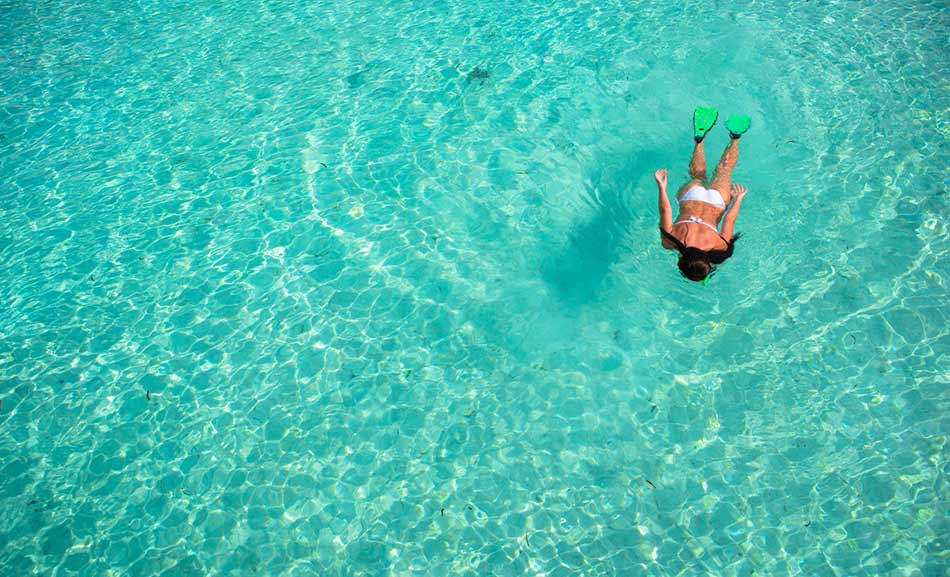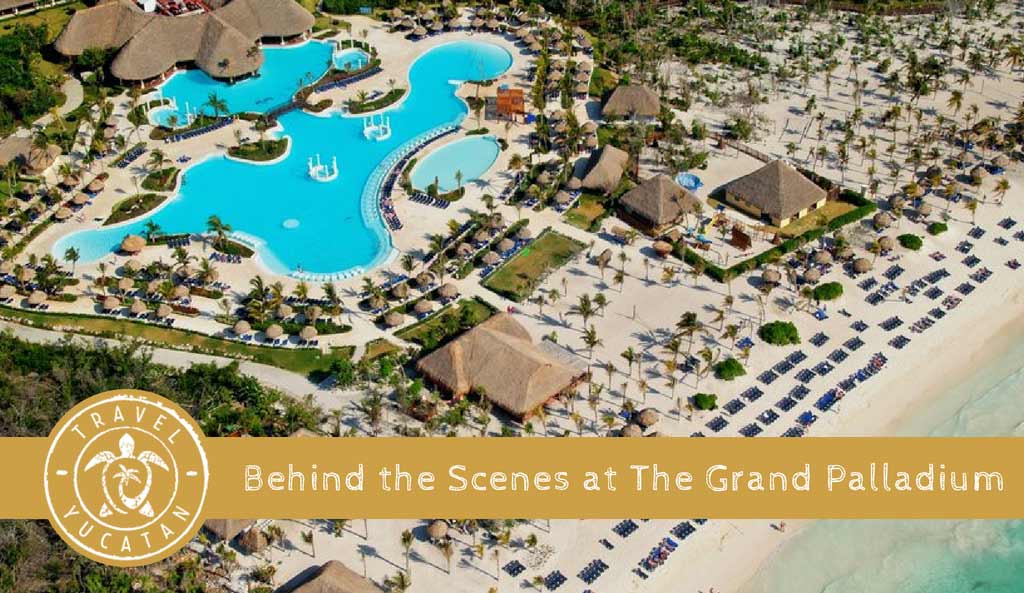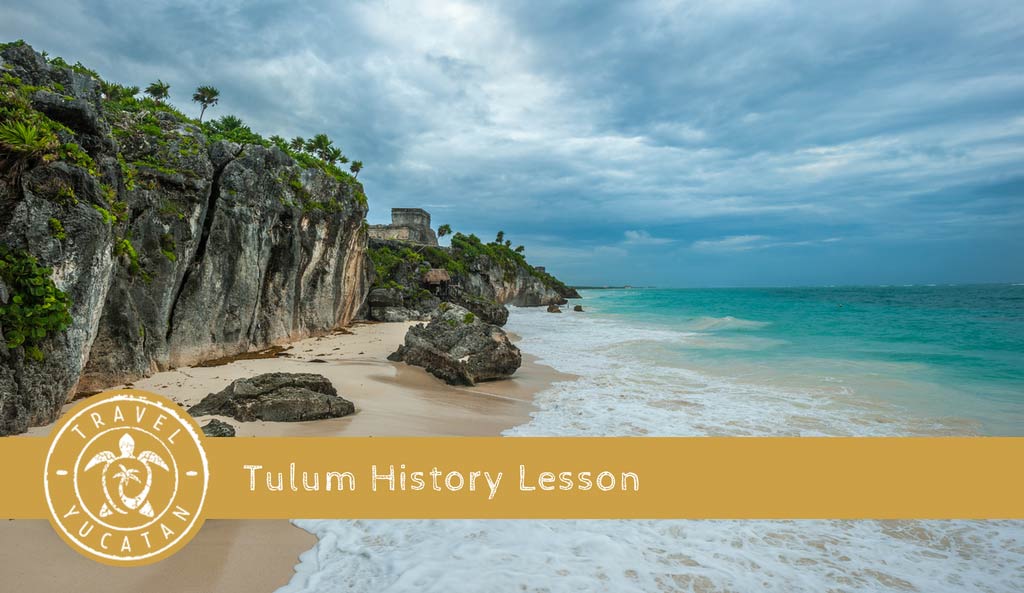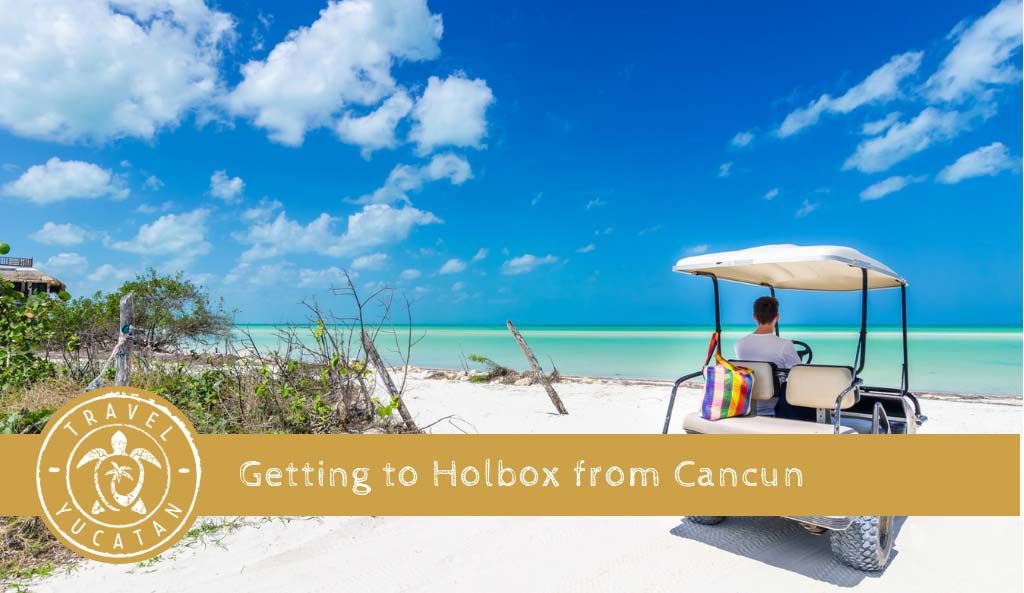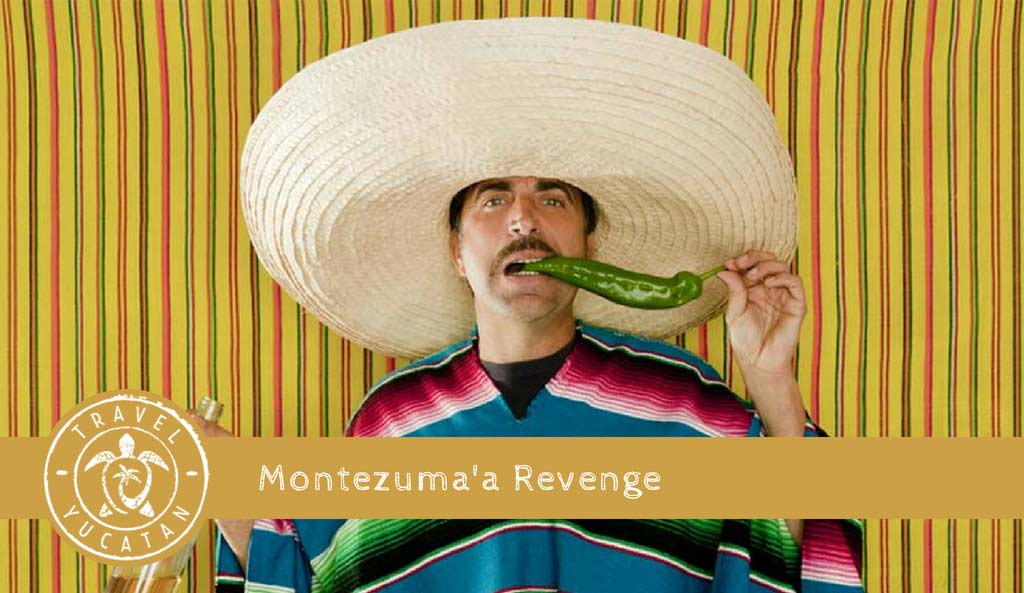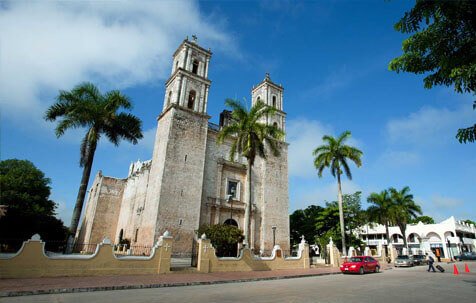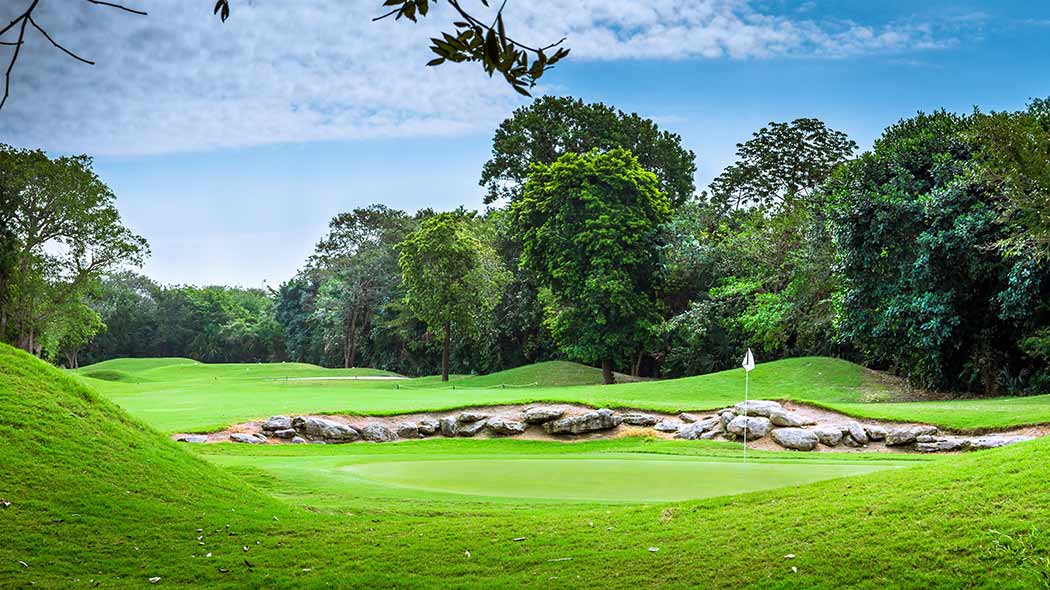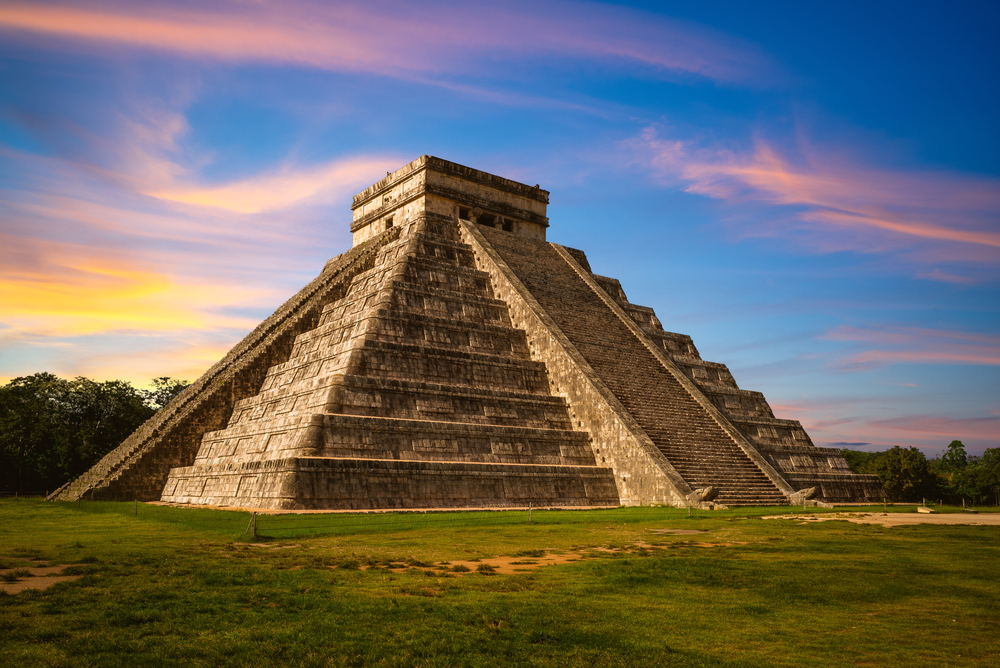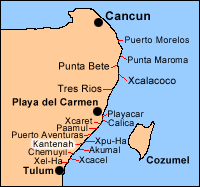 Snorkeling the Mayan Riviera can be an exhilarating experience. We have seen many squids, sea turtles, octopus, snakes, barracudas, stingrays and many varieties of fish. While snorkeling the Chinchorro Reefs in Costa Maya we had the pleasure of encountering a school of dolphins that swam around us for around 5 minutes. This was an unbelievable experience.
Snorkeling the Mayan Riviera can be an exhilarating experience. We have seen many squids, sea turtles, octopus, snakes, barracudas, stingrays and many varieties of fish. While snorkeling the Chinchorro Reefs in Costa Maya we had the pleasure of encountering a school of dolphins that swam around us for around 5 minutes. This was an unbelievable experience.
Not all of the Mayan Riviera is good for snorkeling. Anywhere there is sand predominately you will find the snorkeling bad. Fish like coral to hide in so you have to go where the coral is. If snorkeling is your main focus on your trip or a big part of it, then we recommend you choose a location that advertises a natural beach. Many of the resorts in between Playa del Carmen and Tulum have natural or semi natural beaches. They are all generally within walking distance of coral reefs as resorts usually try to build around sandy beaches.
Akumal is a good place to snorkel and there are many resorts and hotels in the area. El Dorado resort, which is south of Akumal, has an excellent snorkel beach. There are other resorts in the vicinity and the whole stretch of coast is great in certain spots.
If you stay in Playa del Carmen you will have to walk to the far northern end of the town, hit the beach and walk around the point where you will find coral, however, because of all the boat traffic you can’t really swim too far out which is where the fish are. Snorkeling around Playa del Carmen is not that good.
PLACES TO SNORKEL
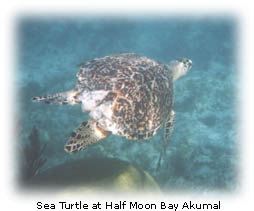 Akumal is a great place to snorkel, there is a dive shop in Akumal, a nice beach, food, and hotels. You can take a car there or take a colectivo or walk in off the highway which is not a long walk.
Akumal is a great place to snorkel, there is a dive shop in Akumal, a nice beach, food, and hotels. You can take a car there or take a colectivo or walk in off the highway which is not a long walk.
You enter Akumal through a set of arches then the road winds north. On the right is the dive shop and the main beach. You can snorkel anywhere along the coast there but go out straight from where the boats are docked then to the right where the seagrass is and that is where you are most likely to see a sea turtle.
Along with the usual reef fish found here there are many octopuses [if you know how to find them], stingrays, sea turtles and if you are lucky the “Wall of Fish” might still be in the vicinity. The Wall of Fish is an amazing spectacular with thousands of silver fish that swim in a circle making a large doughnut. The wall is about 20 feet thick. In the middle of the doughnut is a very large barracuda.
You can snorkel Akumal by yourself or with a guide. Look for a guy by the name of Alejandro who works at the CEA [Centro Ecologico Akumal]. He will charge you $10.00 for a guided snorkel trip [no boat] and he speaks good English.
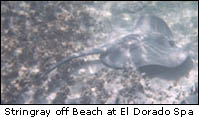 You can also rent a car, take a taxi, or take a tour [equipment and guide provided] and drive down to Yal Ku Lagoon, just north of Akumal which is also an excellent place to snorkel. You can take the collectivo to Akumal then take a taxi for the last leg of the trip. You can walk but it is a long walk. This is a great place to take kids snorkeling!
You can also rent a car, take a taxi, or take a tour [equipment and guide provided] and drive down to Yal Ku Lagoon, just north of Akumal which is also an excellent place to snorkel. You can take the collectivo to Akumal then take a taxi for the last leg of the trip. You can walk but it is a long walk. This is a great place to take kids snorkeling!
Half Moon Bay is another good snorkel location in Akumal. When you arrive at the white arch in Akumal, take the road to the left [same road to Yal Ku Lagoon], approx. a half mile north. There is a nice bar/restaurant called the “La Buena Vida”. You can snorkel in Half Moon Bay in front of the restaurant. We saw turtles here.
If you stay at Rui Palace or near there then you can try snorkeling Mr. Cancun’s Reef which is an okay spot [do not go out of your way to get here unless you are staying neraby]. Facing the ocean you would go to the right [South] and follow the beach past most of the hotels until you hit some large rocks. Past the rocks is Mr. Cancun’s reef.
If you are staying in Playa del Carmen or somewhere on the Mayan Riviera and the wind is creating unfavorable snorkeling conditions in the sea then you can try swimming/snokeling at Kan Tun Chi which is across the highway from the Barcelo Mayo resort on highway 307. You can take a collectivo or a taxi to get there. If you stay at Barcelo you can walk there from the resort.
Kan Tun Chi is a group of 4 cenotes with some craft stands and a small cantina for beers.
Dos Ojos is another cenote also located on HW 307 further south past Kan Tun Chi. It is 54 km south of Playa del Carmen.
On the road that runs off of HW 307 and into the jungle taking you to Coba and beyond are Gran Cenote and Actun Ha.
You can dive or snorkel at these cenotes and there is an enterance fee to get in to each park. To dive you have to have a certified guide.
In Cozumel an excellent location is Dzul Ha. Take the ferry to Cozumel from Playa del Carmen and take a taxi or rent a scooter from the pier. The taxi is $5.00. There is a nice bar and grill there and a few palapas to sit under. There are also lockers to put your valuables in. They rent snorkel equipment here.
The current here can be strong sometimes and if you are snorkeling without a boat and you are not a strong swimmer you could get into trouble. However if you get sucked out away from the island you will eventually hit the mainland. You would most likely be picked up from a passing boat that would spot you if you were in distress.
The fish are bigger around Cozumel because fishing is not permitted unlike the mainland coast.
NOTE: If you do rent scooters, note the sobriety checkpoint about half way to Dzul Ha. First offense for a tourist can be as light as a warning or a tough as the rest of your vacation money.
Another good location in Cozumel is Chakanaab which is a $10.00 taxi ride from the pier.
There are 4 dive shops there and you can rent everything you need. It is $10/person to get in to the park and $6 for mask, snorkle and fins for the day.
SNORKELING WITH CHILDREN AND BEGINNERS
Probably the best places to take children snorkeling is either Xel-Ha or Yal Ku Lagoon. Xel-Ha provides the snorkeling gear and life jackets must be worn by all.
Xel-Ha is an Eco park with excellent food services and numerous lifeguards on duty at all time. We have seen sea turtles, stingrays, sea-horses and LOTS of other marine wildlife snorkeling there. It is a great place to spend the day for all ages.
You can take a tour that includes Xel-Ha or you can take a taxi or colectivo to get there.
Another interesting thing about Xel-Ha is that Xel-Ha ruins are located a short walk south on the highway from the main entrance to the Eco Park. This ruin site is unique amongst Mayan ruin sites because it has a cenote with a sweat lodge still intact.
The principle occupation of the Mayans who once lived there appears to be the harvesting of conch shells to be crushed and burnt to create an ingredient for mortar used in building. When the Maya lived there it is likely that the only trees left standing were there for fruit bearing.
During the period that the small city flourished it is conceivable that there was a great demand for their product with the probability that much of it went inland carried on small tributaries that opened up after the rainy season each year.
NIGHT SNORKELING
You can take a night snorkeling tour of Akumal Bay. A guide by the name of Alejandro who works at the CEA [Centro Ecologico Akumal] takes you out. Bring your own underwater flashlights. Alejandro knows every inch of the bay, takes it slow, and on night snorkel tours he has a buddy who follows in a kayak, so it’s safe.
To find Alejandro or his replacement, go to the CEA and ask for him or “the guy that does the night snorkel tours”.
The CEA has a web site:Centro Ecologico Akumal
BEST TIME OF THE YEAR TO SNORKEL
Snorkeling depends largely on wind speed. Wind affects the sea contributing to the wave action. When the waves reach a certain height it is impossible to snorkel. In fact it makes it difficult for divers too, because the boats cannot go out either.
It is our opinion [backed up by statistics] that September is the best month to snorkel the Mayan Riviera with the period of July – January to be the best “window” to go, if snorkeling is high on your list of things to do.
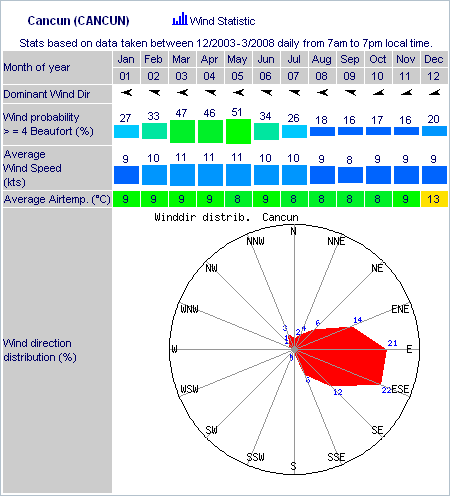
Windspeed table for Conversion of Knots – km/h
| Knots | km/h | Label | Effect on sea |
| 1 | 1 | Calm | Sea like a mirror |
| 1-3 | 1-5 | Light Air | Ripples with the appearance of scales are formed, but without foam crests |
| 4-6 | 6-11 | Light Breeze | Small wavelets, still short, but more pronounced. Crests have a glassy appearance and do not break |
| 7-10 | 12-19 | Gentle Breeze | Large wavelets. Crests begin to break. Foam of glassy appearance. Perhaps scattered white horses |
| 11-15 | 20-28 | Moderate Breeze | Small waves, becoming larger; fairly frequent white horses |
| 16-21 | 29-38 | Fresh Breeze | Moderate waves, taking a more pronounced long form; many white horses are formed. Chance of some spray |
| 22-27 | 39-49 | strong Breeze | Large waves begin to form; the white foam crests are more extensive everywhere. Probably some spray |
| 28-33 | 50-61 | Near Gale | Sea heaps up and white foam from breaking waves begins to be blown in streaks along the direction of the wind |
| 34-40 | 62-74 | Gale | Moderately high waves of greater length; edges of crests begin to break into spindrift. The foam is blown in well-marked streaks along the direction of the wind |
| 41-47 | 75-88 | Severe Gale | High waves. Dense streaks of foam along the direction of the wind. Crests of waves begin to topple, tumble and roll over. Spray may affect visibility |
| 48-55 | 89-102 | Storm | Very high waves with long over-hanging crests. The resulting foam, in great patches, is blown in dense white streaks along the direction of the wind. On the whole the surface of the sea takes on a white appearance. The ‘tumbling’ of the sea becomes heavy and shock-like. Visibility affected |
| 56-63 | 103-117 | Violent Storm | Exceptionally high waves (small and medium-size ships might disappear behind the waves). The sea is completely covered with long white patches of foam flying along the direction of the wind. Everywhere the edges of the wave crests are blown into froth. Visibility affected |
| 64-71 | 118-133 | Hurricane | The air is filled with foam and spray. Sea completely white with driving spray; visibility very seriously affected |
Wind directions
|
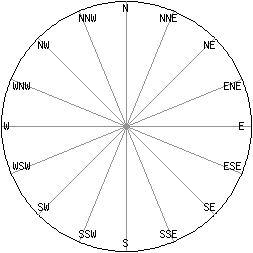 |
You just never know. One day the waves can be a meter high the next day the water is still. You have to be prepared to snorkel whenever the water is good. You can’t assume that the sea will be calm all day because it is calm in the morning.
On a sunny day in the summer you will have good light up until 5:00 gradually diminishing to 4:00 at the end of September.
If the sea has been very wavy for any length of time [weeks] then visibility will be dramatically reduced due to the amount of sediment in the water.
What makes Cozumel so attractive for diving is that the western side of the island is protected and water conditions are usually great. This makes the island a great place to snorkel as well and there are numerous guides with boats available to take you to some choice locations. Trips run from $20.00 – $50.00 depending on where you go and how long you go out.
ACCESSABILITY
All coastal property is controlled by the Mexican Federal Government and is open to all people. You are free to snorkel the waters of any beach you wish. The problem is that highway 307 runs around a km away from the coast in some spots and access points are few and far apart. What you will see is a number of resorts and small roads cut into the forest. Some of these roads are private, many are for beaches, restaurants and cabanas. Look for signs indicating beach, diving, fishing and cabanas.
We have been told [unofficially] that access to any beach must be given upon request by an individual through a resort property. However resort gate guards have told us that we would have to pay a fee to use their beach. The law does prohibit people from trespassing through private property so technically you must first gain permission to cross someone’s property however once on the beach they have no legal authority over you.
EQUIPMENT
All resorts have snorkel equipment to lend you. It has been our experience however that every mask we have ever borrowed, leaked water to the point of being useless.
You can buy equipment on the Riviera in any number of dive shops. Many resorts even sell equipment. Equipment at the dive shops is priced according to the U.S. market so expect to pay U.S. prices for everything. Most shops carry top quality equipment.
Some attractions like Xcaret and Xel-Ha provide new snorkels and they have enough masks that you can usually find one that won’t leak. They also carry fins and life jackets, which are mandatory.
BARRACUDAS
While snorkeling you may encounter a 5-ft barracuda. They are ferocious looking creatures with lots of teeth. They are also a very curious fish and may approach you. If you see one it is best to slowly swim away. If he starts following you don’t panic, just continue to swim. If he swims right up to you do not make any sudden moves. Hold your ground and gently swim away.

Barracudas are attracted to shiny objects and can be found in quite shallow water. They will just sit there in one spot while the water flows past them. You can swim quite close to one and they will not flinch. Actual barracuda attacks are extremely rare and are attributed mostly to spear fisherman.
If you have ever seen the film footage of “Captain Bob Olson” being attacked by a barracuda the footage is rather gruesome. It was also staged for the cameras and was totally faked.
SNORKELING TIPS
![]() WATER IN MASK
WATER IN MASK
Once a mask has been damaged it will leak. Damaging occurs from masks not being cleaned, sand/debris particles scraping the insides, men’s facial stubble and age.
Men should shave before snorkeling. You can also create a “seal” by applying Vaseline or silicone grease to your face. You can also buy a mask with a “Purge Valve”, which is a small one-way valve that allows water to drain out of the mask.
If your mask leaks then it needs replacing.
Always clean masks after you have snorkeled. You must clean the sea-salt off the mask.
![]() ANKLE WEIGHTS
ANKLE WEIGHTS
Want to swim faster with less effort? Use diver’s ankle weights.
Weights pull left leg down providing thrust with minimum effort.
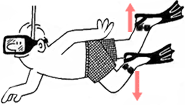
Use buoyancy to raise right leg. Repeat, alternating legs.
Using ankle weights reduces the energy needed to swim and can extend your snorkel time by conserving energy.
![]() SNORKELING VEST
SNORKELING VEST
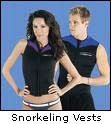
Wear a snorkel vest or shirt. They are made from water resistant neoprene. Not to be confused with Life Vests.
Even a T-shirt will work. Wearing a vest/shirt will help you conserve heat and keep your back from getting sun burnt. If you happen to get washed into some coral or rocks it can also protect you. These items can be found at dive shops.
![]() GETTING INTO THE WATER
GETTING INTO THE WATER
It is best to put your gear on in the water. Don’t put it all on and try to walk across the beach and into the water.
First look for a safe place to enter the water. Hold your mask/snorkel in one hand and your fins in the other [put hands through straps to hold securely].
Enter the water up to around waist height. Dunk your head into the water to get your hair/face wet. Put your mask/snorkel on. Now, while in the water you can safely wade to put your fins on.
![]() WATCH OUT!
WATCH OUT!
Never assume that boats, kayaks, sea-doos can see you and know you are there. If a watercraft is headed in your direction keep your eyes on it and warn any other snorkelers in the vicinity. Wave your arms if you have to, to get the drivers attention. Be prepared to take evasive maneuvers if you have to.
Most resorts have boating lanes roped off or have the safe swimming/snorkeling section of the water roped off for your safety.
